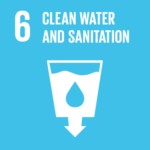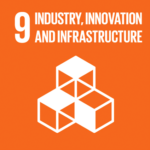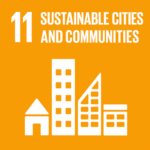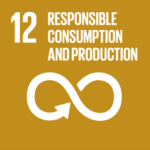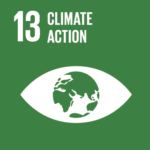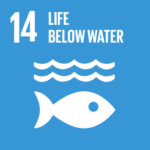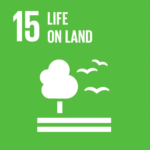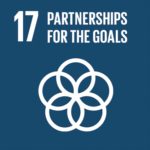Hiukka Hyvä produces oil spill mats from human hair and dog fur
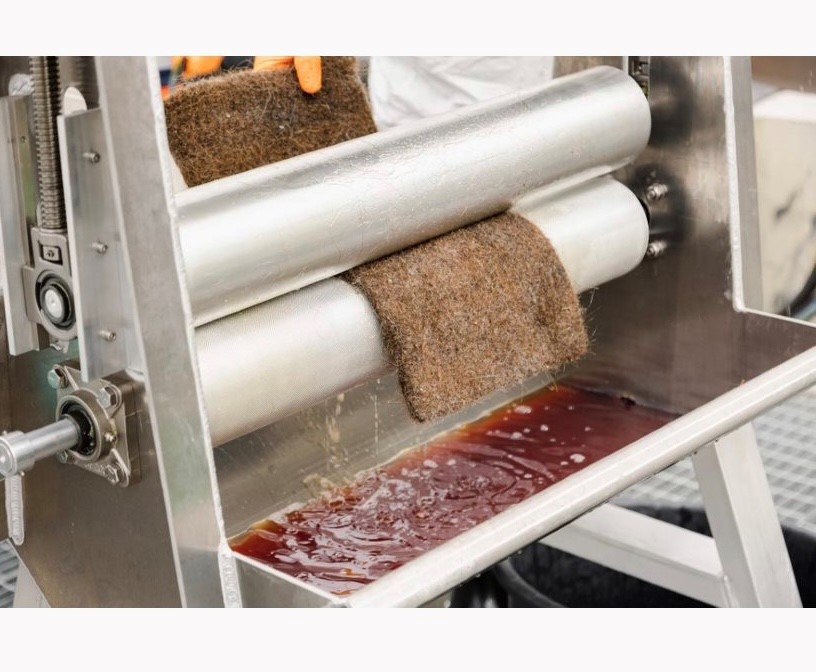
Case - Published 11.5.2023
European hair salons and barber shops generate 72 million kilograms of hair waste each year, while even more fur waste comes from dog grooming. Studies show that this abundant natural fibre is suitable both for cleaning oil spills and as soil cover.
Hiukka Hyvä, a startup company seeking the status of a social enterprise, has been developing the recycling and processing of human hair and fur fibres in Finland since January 2021, with support from the Sustainable Lahti Foundation. To begin with, hairdressing and grooming businesses were trained on how to recycle the fibres.
– The Hiukka Hyvä story began with my desire to build a more sustainable hairdressing industry and utilize its by-products with circular economy methods, says hair stylist Miila Hyökki. I came across information about the Clean Wave programme of Matter of Trust in the US and their production of hair fibre mats. The organization had a lot of research on the mats’ ability to absorb petrochemicals from the environment and waterways.
Discussions with the organization led to a partnership agreement, and Matter of Trust delivered the first hair fibre felting machine in the Nordic countries to Hyökki. Once the fibre material procurement was arranged, production and testing of the mats began.
Currently, Hiukka Hyvä is partner in a research and product development project at the LAB University of Applied Sciences. The Hiukka mats were tested, among other things, in an oil spill containment basin. The test compared the absorbency and durability of the mats with the plastic sheets currently in use. The absorbency of the mats and sheets was found to be equally good, but the Hiukka mats have a much longer lifespan.
What makes hair fibres special?
The hair fibre is unique because it is made of a protein called keratin, which has a hard and durable structure. Hair and fur fibres have three layers: the outer hard layer or cuticle, the middle or cortex layer, and the inner layer or medulla. The cuticle consists of thin scale-like layers, each of which contains air spaces, allowing the hair to absorb oil up to 5-9 times its weight. Previous international research shows that hair can also absorb organic pollutants such as formaldehyde and phenol, and the heavy metals mercury, copper and cadmium, as well as silver.
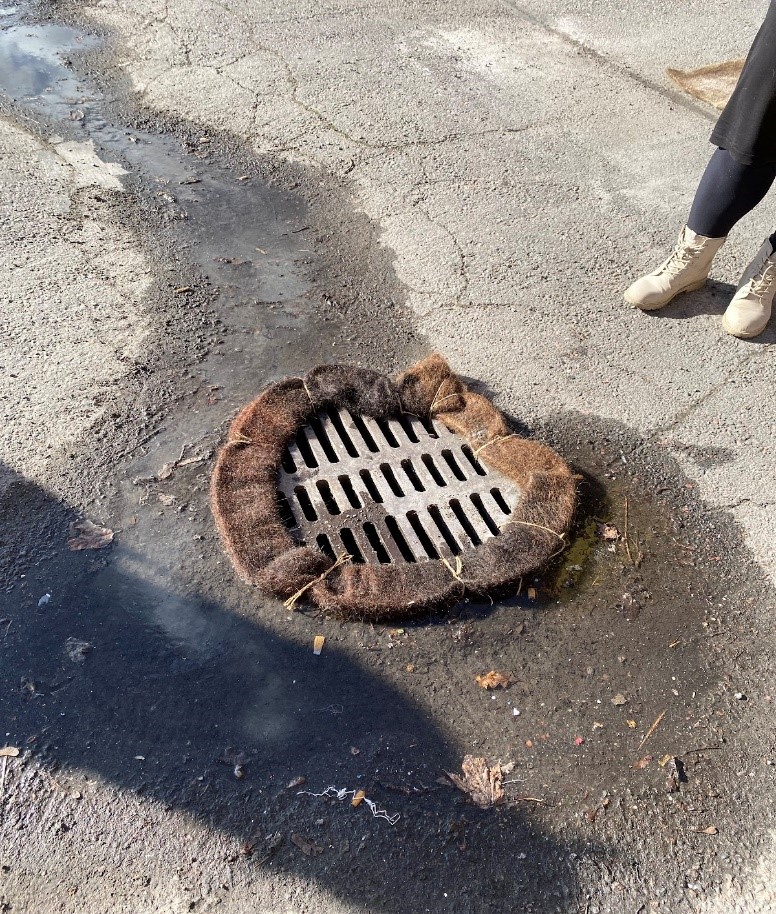
Hair and fur used as soil cover
The nitrogen, phosphorus, and potassium contained in the fibres are useful in soil cover. These nutrients are essential for plant growth, development and health. A felted mat is placed on top of the soil, to prevent weed growth and to slow down moisture evaporation.
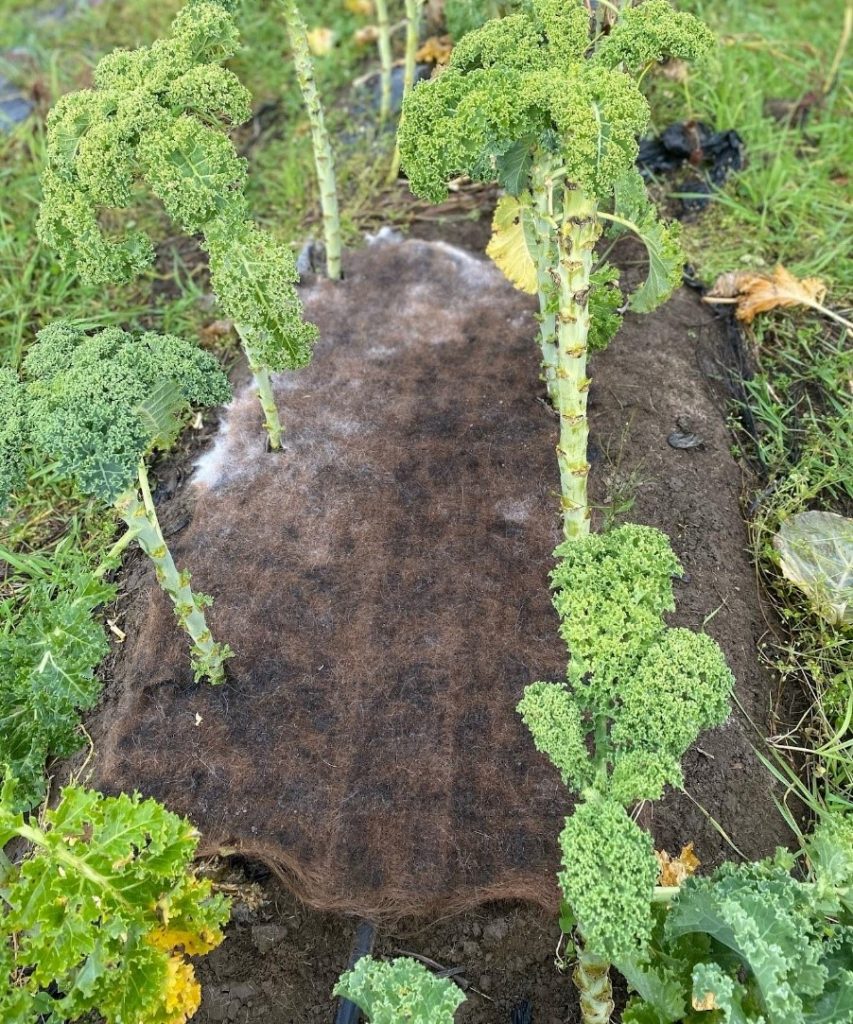
Material availability
Throughout the world, both human and canine populations are increasing. In Europe alone, 72 million kilograms of hair waste is left unutilized every year, and there are thousands of millions of kilograms of fur annually. This may be called an inexhaustible natural resource: a natural fibre that releases arable land for other uses.
Human hair and dog fur can be used together since both fibres are composed of keratin proteins with similar characteristics. Only the texture and fibre length vary. To achieve maximumdurability for the hair mats, the longest fibres are used for the surface layer and the shorter fibre material for the filling.
Over a hundred hairdressing businesses from around Finland have joined the Hiukka Hyvä recycling movement, and great interest in hair collection and use has been expressed in the Åland Islands, Estonia and Sweden. The functionality of the Hiukka mats has been proven, and many more applications can be found. The next step is to find suitable partners for product development and use, as well as for expanding the production. In line with the principles of circular economy, the ideal would be to arrange the processing of fibres as close as possible to their origin.
For more information, please visit hiukkahyva.fi.
Author: Miila Hyökki, Hiukka Hyvä Innovation founder. Contact details: miila@hiukkahyva.fi, IG @hiukka_hyva, +358 443037760.
Cover photo: Oil absorption test in XAMK’s test basin in Kotka.
Agenda2030
Summary of sustainable development goals addressed: 6, 9, 11, 12, 13, 14, 15, 17

